Library Editor User Interface
eCADSTAR Library Editor allows simultaneous access to Parts, Schematic symbols, PCB footprints and their respective editing tools. The sections below describe the user interface of eCADSTAR and the basic interactions with the applications.
eCADSTAR Library Editor User Interface
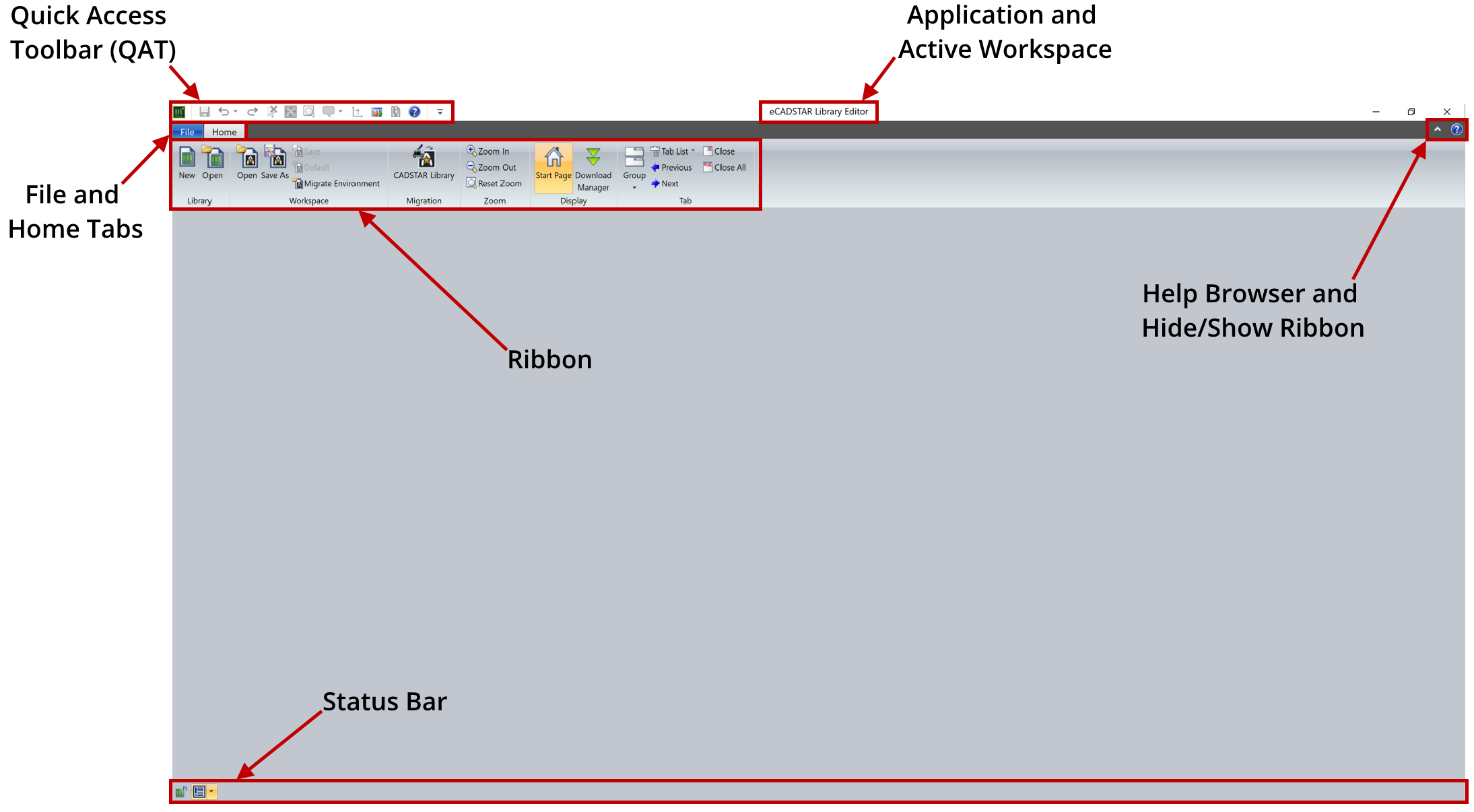
Figure 1: Basic eCADSTAR Library Editor User Interface features

Figure 2: Further eCADSTAR Library Editor User Interface
Tooltips
Tooltips provide extra information when you hover over items. There are two different types of tooltips in the eCADSTAR applications:
- Quick Tooltips on the ribbon, providing the name of the item and a brief description of what the button does or launches.
- Help Tooltips in dialogs, providing an extract from the Help relating to the item, field or button, as a brief description of what the item, field or button does (where available).
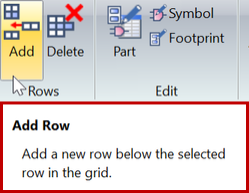
Figure 3: Quick tooltips on the ribbon

Figure 4: Help tooltips for items, fields or buttons.
Help
Manuals for how to operate eCADSTAR
and its functions are not provided as printed media; they are only available as Online Help.
The Online Help can be accessed at any time by clicking on the Help icon displayed ( ![]() or
or  ) in the top right corner of the Application, Command dialog or Dialog. Alternatively, it can be accessed by pressing the F1 key or from the File tab,
select Help.
) in the top right corner of the Application, Command dialog or Dialog. Alternatively, it can be accessed by pressing the F1 key or from the File tab,
select Help.
On startup, the Help page displayed will be relevant to the current application / command / dialog.

Figure 5:
Applications and Command dialogs include a Help ![]() symbol that, if clicked, takes you to the relevant
part of the Online Help
symbol that, if clicked, takes you to the relevant
part of the Online Help
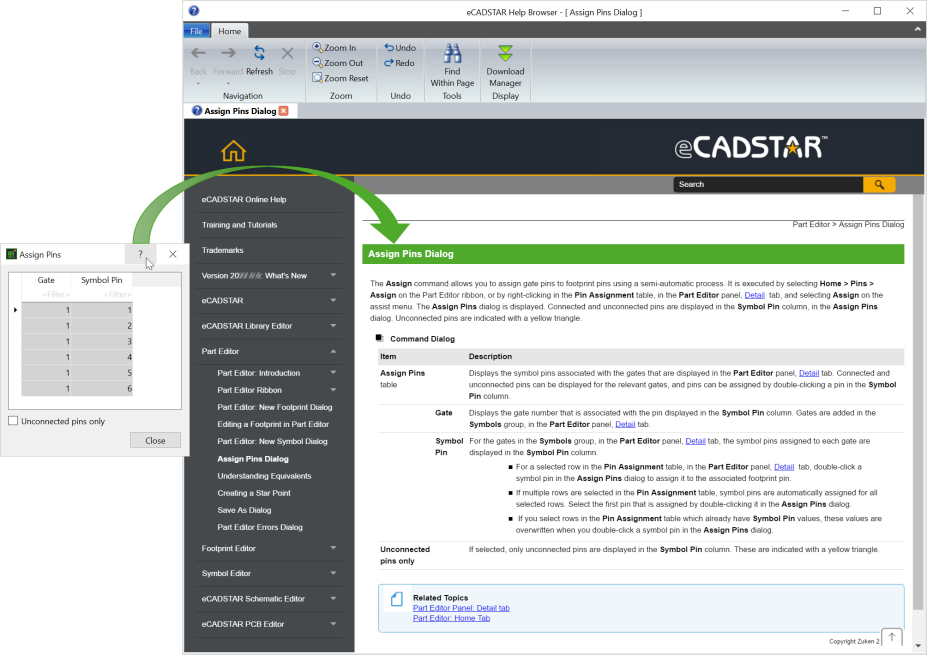
Figure 6:
Dialogs include a Help  symbol that, if clicked, takes you to the relevant
part of the Online Help
symbol that, if clicked, takes you to the relevant
part of the Online Help
Assist Menu
The Assist Menu provides a shortcut to commands relating directly to the area/object selected. Open the Assist menu for an object or area within the workspace by clicking the right mouse button either in a specific area or on a specific object.
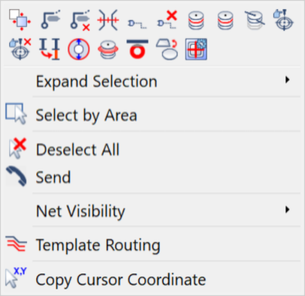
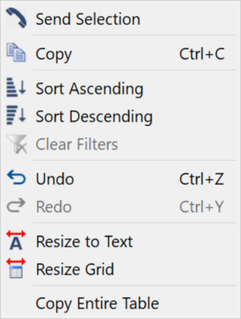
Figure 7: Examples of Assist Menus
Selection with the Cursor
Selection with the cursor works slightly differently depending on the eCADSTAR application. As a general rule:
- Select a single object by left clicking once on the object
- Select multiple objects by holding down the CTRL key while left clicking on the multiple objects
- Select all objects within a frame drawn by holding down the left mouse button and dragging across the objects required
- Select the whole component by holding down the SHIFT key while left clicking anywhere on the component.
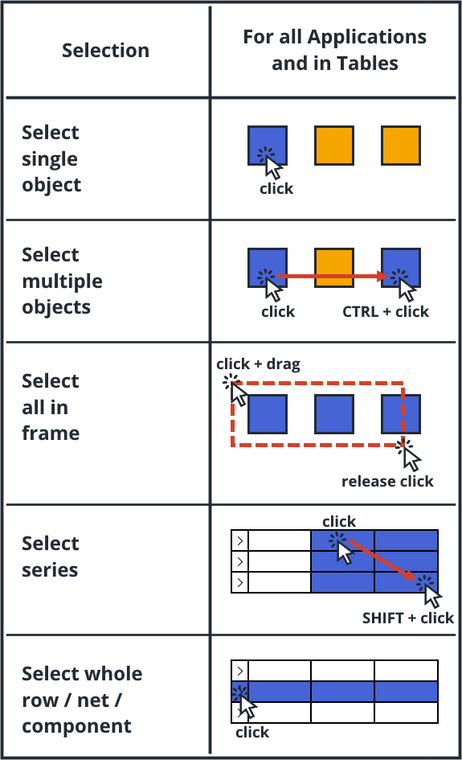
Figure 8: Selection with the Cursor
Stroke Commands
Stroke commands allow you manipulate the view of the canvas without moving the cursor away from the canvas. Alternatively, the Zoom buttons on the ribbon can be used.
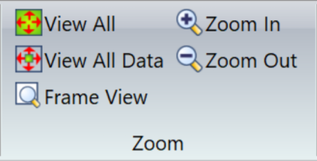
Figure 9: Zoom buttons on the View Ribbon
To enter a stroke command, hold down the right mouse button and drag the cursor in the direction / pattern required, as per the diagram below.
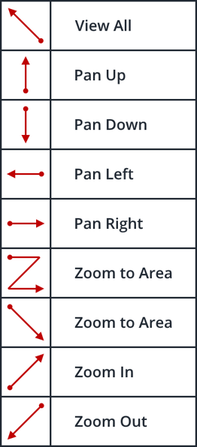
Figure 10: Stroke Commands
Adjust Pan Step and Zoom Ratio in: File > Configuration > Product Settings: Canvas Operation.
Shortcut keys
Shortcut keys allow you activate commands quickly without moving the cursor away from the canvas
Alternatively, the buttons on the ribbon or the Assist Menu can be used.
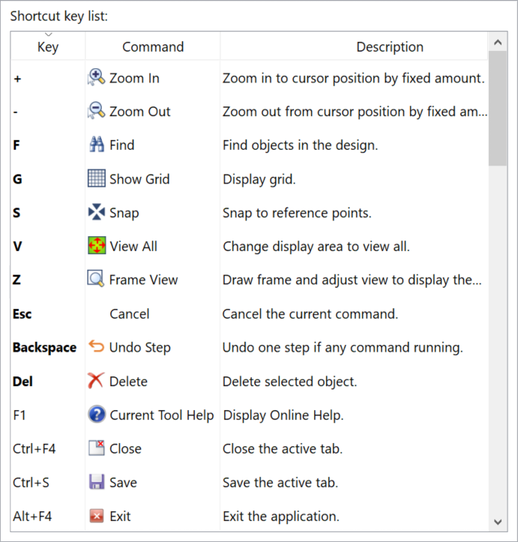
Figure 11: Stroke Commands
Shortcut keys can be fully customized and shared:
- Add shortcut keys for other commands
- Edit key for commands
- Delete shortcut keys not required
- Save and load the shortcut key list.
Access the shortcut keys list in: File > Configuration > Shortcut Key Settings
Training Files
The training library that is required in this course is automatically installed onto your machine when you use the installer.

